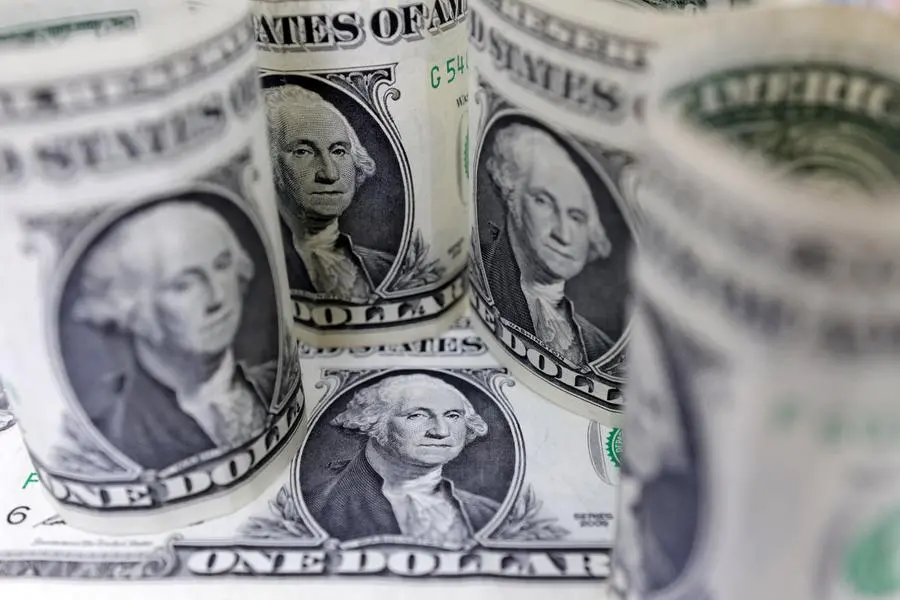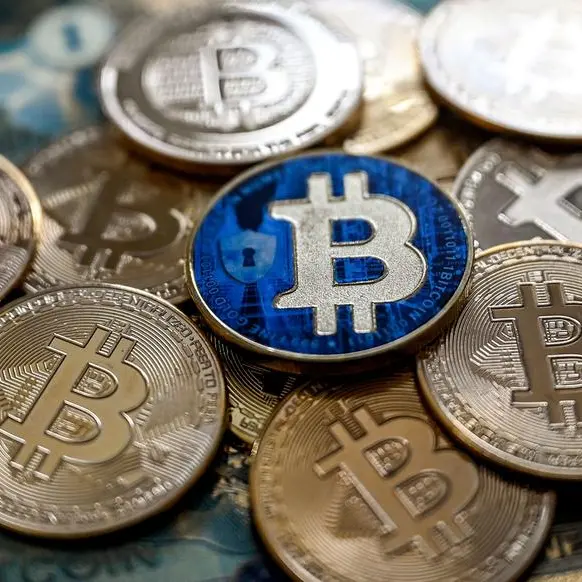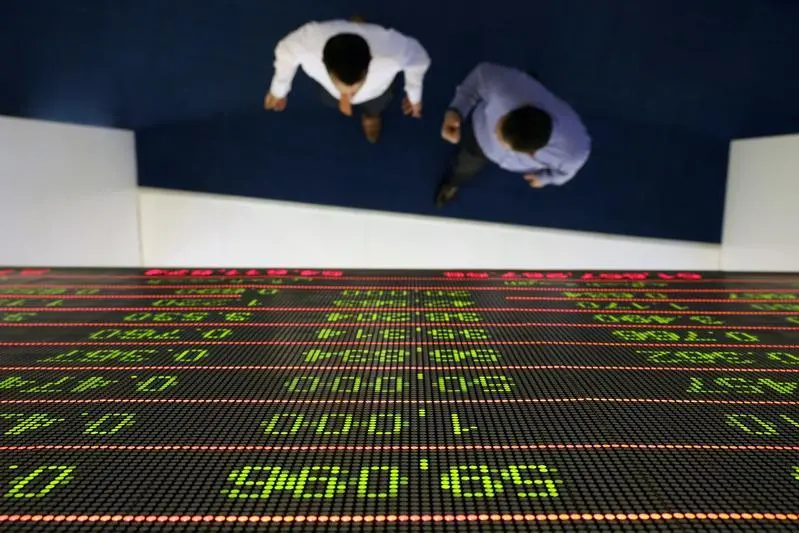PHOTO
U.S. Dollar banknotes are seen in this illustration taken July 17, 2022. REUTERS/Dado Ruvic/Illustration
SINGAPORE: The U.S. dollar was stuck near two-month lows on Wednesday as weak economic data bolstered views that the Federal Reserve is near the end of its tightening cycle, while the New Zealand dollar jumped after a larger-than expected interest rate hike.
New Zealand's central bank raised interest by 50 basis points (bps) to a more than 14-year high of 5.25% on Wednesday in a move that surprised markets as 22 of 24 economists in a Reuters poll had forecast just a 25 bps hike.
The kiwi rallied 1% to touch a two-month high of $0.6383 after the decision. It was last up 0.74% at $0.636.
Elsewhere, data overnight showed U.S. job openings dropped to their lowest level in nearly two years in February, suggesting that labour market conditions were finally easing.
Job openings, a measure of labour demand, were down 632,000 to 9.9 million on the last day of February, the monthly Job Openings and Labor Turnover Survey, or JOLTS report, showed. Economists polled by Reuters had forecast 10.4 million openings.
The dollar index, which measures the currency against six peers, eased to a fresh two-month low of 101.43, after dropping 0.5% overnight. It was last at 101.53.
The euro was up 0.05% to $1.0958, below the two-month peak it touched on Tuesday. Sterling was last at $1.2494, down 0.04% on the day, easing away from the ten month high it scaled on Tuesday.
Rodrigo Catril, a senior currency strategist at National Australia Bank, said the decline in job openings confirms the softening in U.S. labour demand, with further declines expected over coming months.
"Focus will turn to Friday's key employment report, where the consensus is picking a further moderation in non-farm payrolls growth to 240K."
The softer-than-anticipated jobs data led to the markets tweaking its outlook for rate hikes. Markets are now pricing in a 59% chance of the Fed standing pat on interest rates at its next policy meeting in May, CME FedWatch tool showed. Markets were pricing in a 43% chance of Fed not raising interest rates a day earlier.
A Reuters poll of foreign exchange strategists showed that the U.S. dollar will likely weaken against most major currencies in 2023 as the interest rate gap with its peers narrows, putting the U.S. currency on the defensive after a multi-year run.
In the U.S. bond market, the two-year Treasury yield, which typically moves in step with interest rate expectations, was up 2.6 basis points at 3.860%, after sliding 14 basis points on Tuesday.
The yield on 10-year Treasury notes was up 1.8 basis points to 3.355%, having slipped 9 basis points overnight.
Federal Reserve Bank of Cleveland President Loretta Mester said on Tuesday that while the economy appears on a path toward slowing down, the central bank likely has more rate rises ahead of it.
The Australian dollar rose 0.18% to $0.676, a day after Reserve Bank of Australia left its cash rate unchanged at 3.6%, snapping 10 straight hikes, saying it needed more time to assess the impact of past increases.
The Japanese yen weakened 0.05% to 131.77 per dollar.
(Reporting by Ankur Banerjee in Singapore Editing by Shri Navaratnam)





















